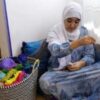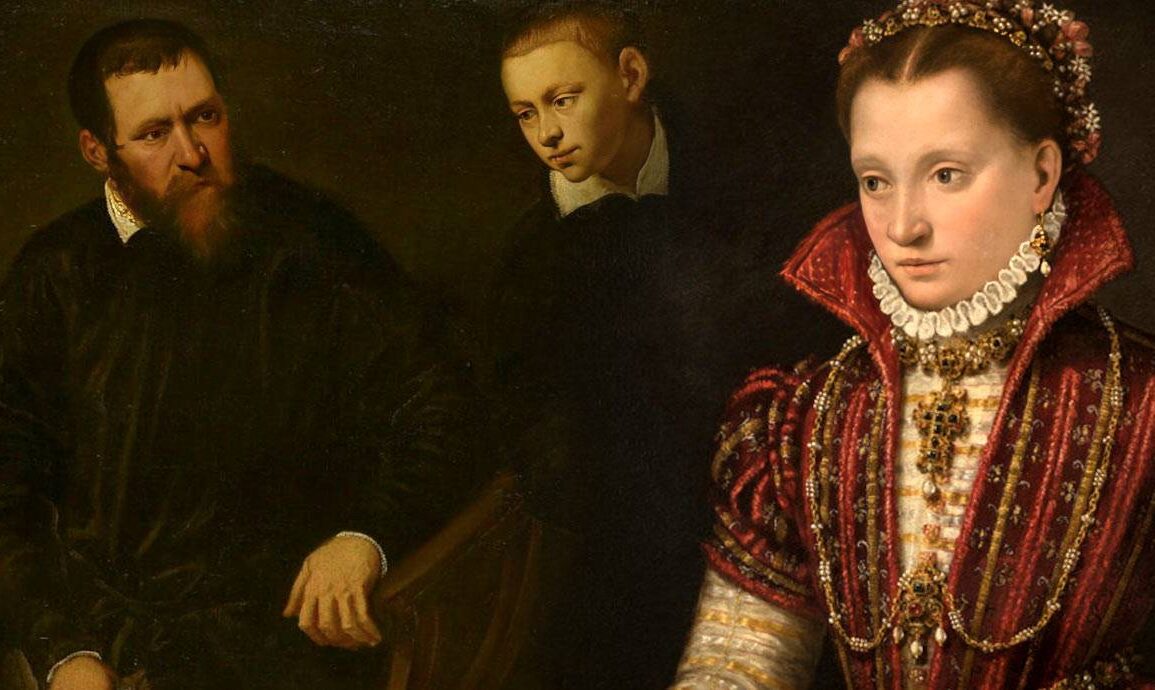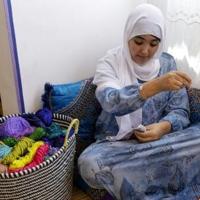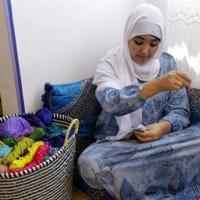
Women frequently appeared as the subjects of Renaissance art, but they were also active behind the canvases. Women artists working during the Renaissance were in the minority and had to operate within many societal constraints, including limited access to models and a biased belief that they were inferior artists to men. However, these women thrived by identifying and utilizing the avenues available to them and found a niche in painting portraits and still life works. How were they trained, why was portraiture such a critical component of their success, and who were they?
Artistic Training During the Renaissance
Although the path of artists in Renaissance Europe from assistants to masters was lengthy, it was also predictable. Initial instruction began at a young age with attendance at a local school where essential skills in mathematics, reading, and writing were taught in the vernacular. Some students had the opportunity to attend a more prestigious private school, where they might have learned Latin, astronomy, geometry, anatomy, and philosophy, which were considered essential subjects to know when moving in elite social circles.
Upon completion of a primary education, around age ten or eleven, aspiring artists would join a workshop for a length ranging from five years to upwards of ten years. They would learn to draw from nature, which typically then progressed to sketching sculptures or portions of ruins from classical antiquity or perhaps copying works of their masters. Finally, they began working with nude models in studios. The opportunity to sketch models over prolonged periods of time was important to the practices of both sculpting and painting, which, along with architecture, made up the three most esteemed art forms of the day. Artists began to see how light, shadow, posing, and the natural drape of fabric over a body changed a work’s composition.
Apprenticeships under masters offered hands-on painting experience, laying down base layers, filling in elements in the backgrounds, or finishing the less prominent details of valuable commissions. This environment also allowed apprentices to observe how master artists structured their workshops and negotiated contracts. Before eventually going into business for themselves, young artists in Renaissance Europe would have gained all the skills necessary to embark on prosperous careers.
Get the latest articles delivered to your inbox
Sign up to our Free Weekly Newsletter
Barriers to Success for Women
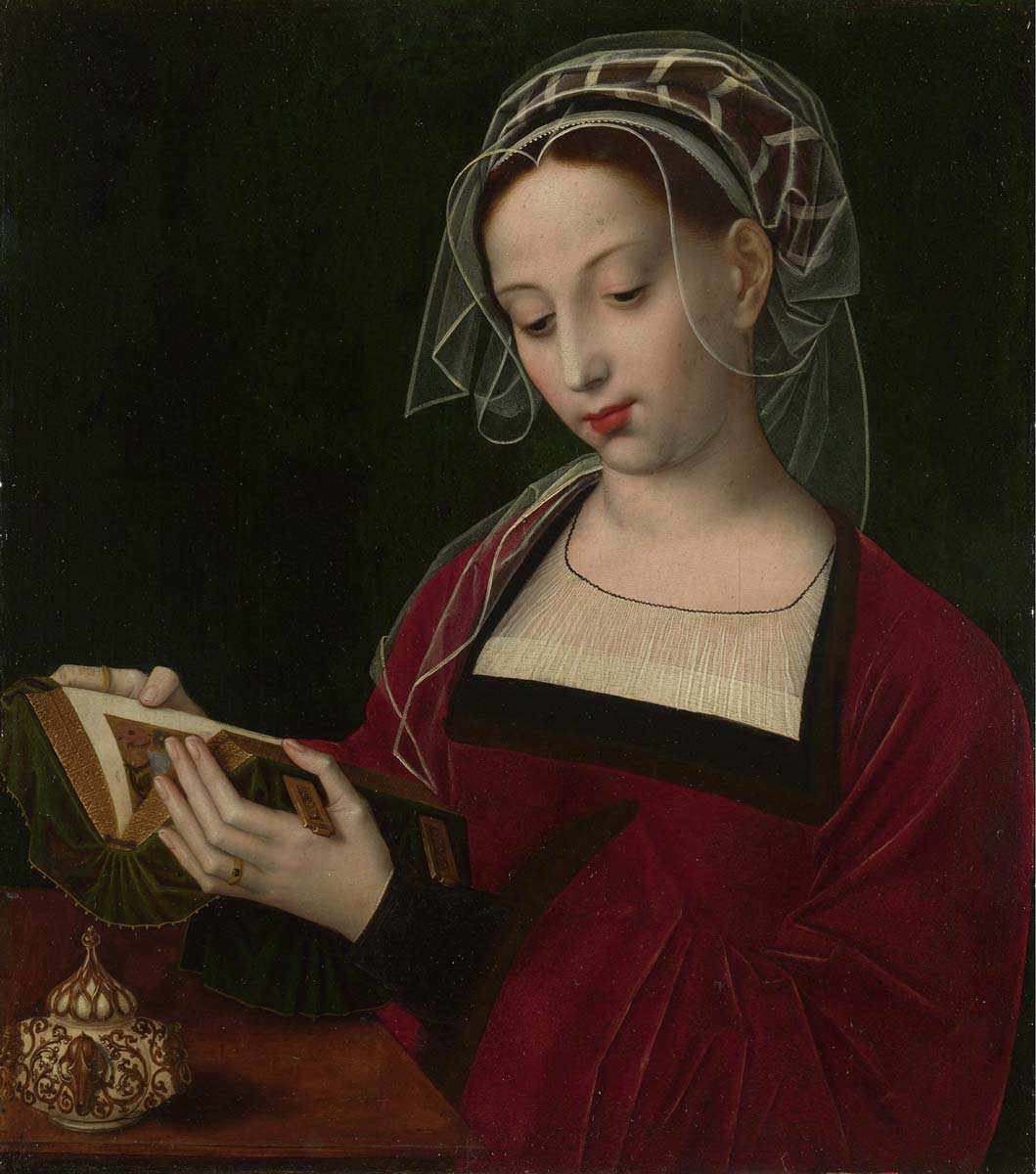

There was, however, one glaring problem with this extensive training: only young men could participate. It was assumed that Renaissance women would marry, have children, and keep a home. Perhaps women of a certain status might pursue some feminine hobbies such as embroidery, reading, or even painting, but the idea that they would earn an income from art was not only discouraged socially, it was prevented by a lack of formal lessons available to them to develop their artistic skills.
With the expectation that women would not pursue careers, how did the talented women portraitists of the Renaissance come to learn their craft? The famous feminist art historian Linda Nochlin noted that nearly all of the well-known women artists of centuries past were raised by fathers who were artists. The critical techniques and training that were difficult for Renaissance women to obtain could be passed down more informally in homes.
However, there was still a large obstacle in the path of women who wanted to become career artists. It was considered inappropriate for women to be in the presence of nude men who were not their husbands. While there are occasional examples of women artists who seem to have observed the male form, such as Artemisia Gentileschi, it was a highly unusual occurrence. At a time when naturalism was the most desirable trait in painting, denying women access to models greatly limited the scope of subjects that they could convincingly reproduce and steered them into genres of still life and portraiture. While these genres are beautiful in their own right, they did not command the same prices as large-scale history paintings, which relied on knowledge of the male anatomy.
The Market for Still Life Paintings


Some women artists carved out professional careers through an eager market for still-life paintings. Women of the Northern Renaissance, in particular, were afforded much more freedom to run businesses or contribute to the businesses of their husbands than in other parts of Europe. There were multiple benefits to pursuing still life as a genre: it did not require the use of live models (either male or female), and the subject matter lent itself to works that could range in scale and were often very small. This meant that still-life paintings could be produced relatively quickly, transported to markets easily, and sold at price points that made them available to a variety of social classes and not just the wealthy elite.
Although they were broadly popular, still-life works were typically created without specific patrons in mind. Speculative paintings were a bit risky financially, as artists expended funds and time to create them, not knowing if the pieces would sell, unlike those that were commissioned and had guaranteed buyers. Portraits, on the other hand, solved many of the problems facing women Renaissance artists. These works did not require painters to observe nude models; they were made with financial commitments for purchase and commanded higher prices than still-life paintings. The following list is not exhaustive but represents women who vary in socioeconomic background, nationality, and marital status, among other details, but who all worked within the circumstances of their age to become successful painters of portraits.
Catharina van Hemessen: Powerhouse of Portraiture
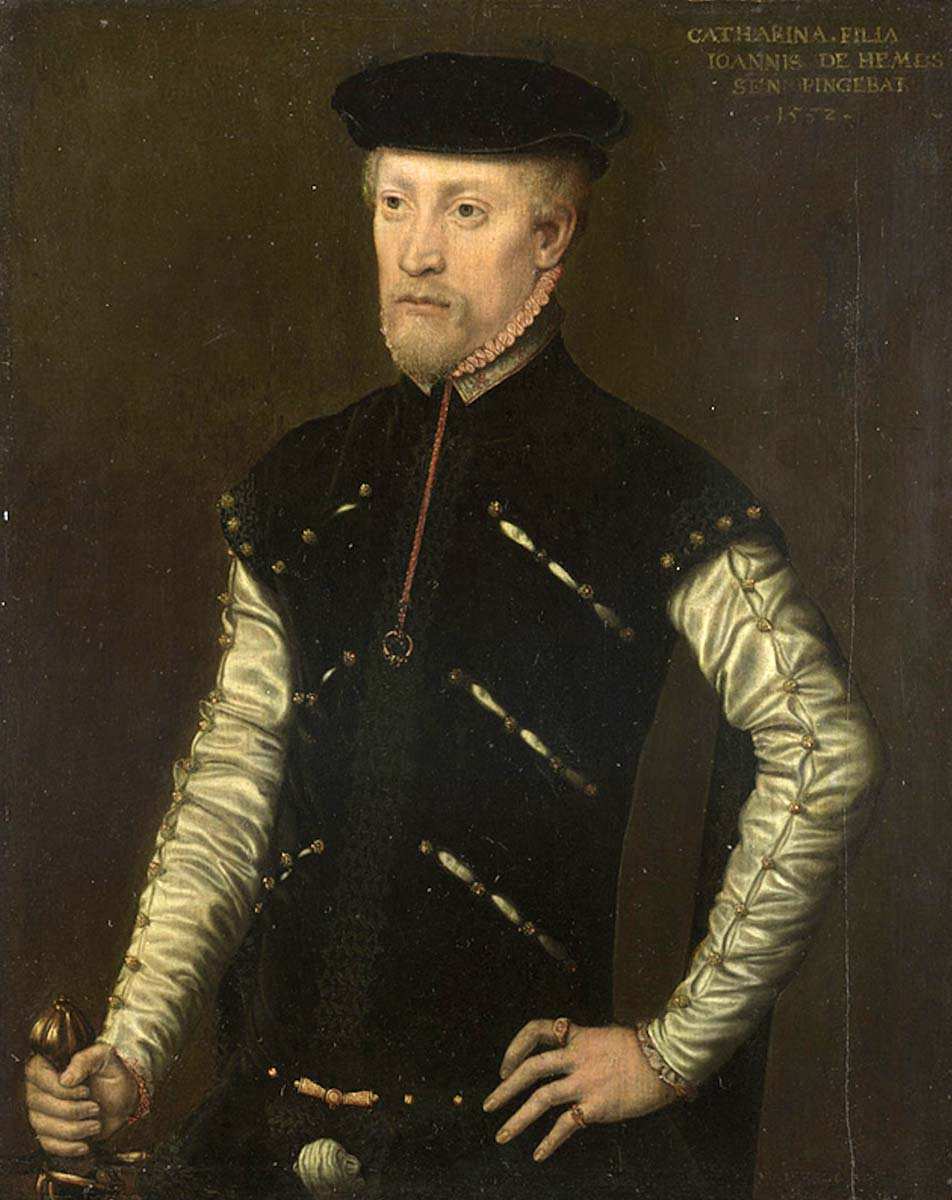

Born in Belgium in 1528, Catharina van Hemessen created some of the oldest existing self-portraits by a woman artist. She was trained by her father, Jan Sanders van Hemessen, and signed and dated her work prominently in the upper right corner. The presence of her signature reflects her family’s status and indicates that she was a respected member of society.
Van Hemessen was capable of hauntingly realistic portraits, complete with details many other artists did not include, such as women toying with their jewelry. Her work was known beyond the South Netherlands, and she enjoyed an appointment to paint for the Habsburg court in Spain. Because the artist signed her paintings consistently, it can be determined with some certainty that she did not paint any other portraits following her marriage in 1553. It is unclear whether the artist made the choice herself or whether it was thrust upon her, but it is probable that accepted gender roles at the time were at least a consideration in the abrupt end of a flourishing career.
Sofonisba Anguissola: Marketer & Painter Extraordinaire
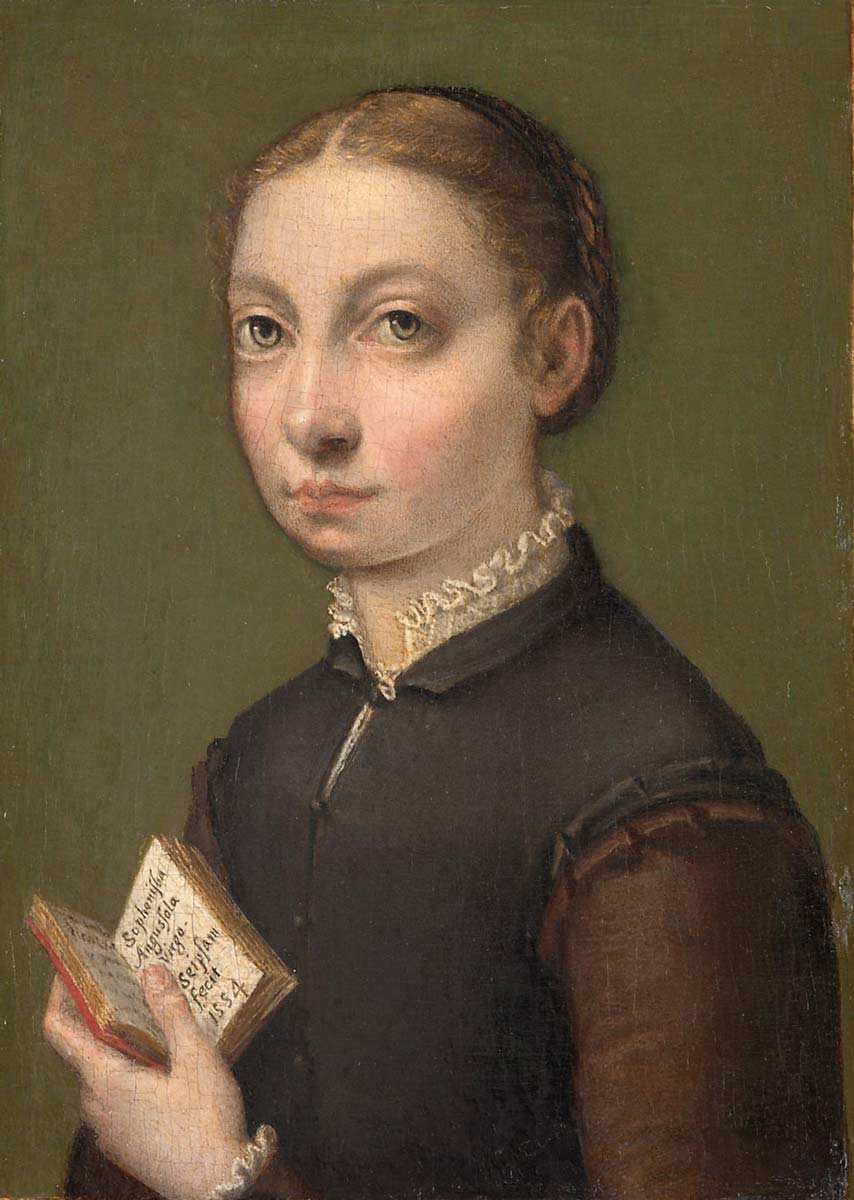

Italian-born Sofonisba Anguissola is a rare example of a woman artist who was encouraged to pursue artistic training outside her home. She began an apprenticeship at age 14 and her popularity soared as word of her talent became widespread. Anguissola is one of the women artists of this era who created self-portraits, which were made into engravings and sent to potential patrons.
In an era before advertising existed as we know it today, a self-portrait was akin to a social media profile, headshot, and work portfolio wrapped into one clever marketing tool. Anguissola created a stir around not only her beauty but also her talent by reproducing and distributing her self-portraits. She secured a position with the court of King Philip II of Spain and became the painter of the royal family, a prestigious role that cemented her status as a celebrity portraitist.
Michaelina Wautier: Master of Genres
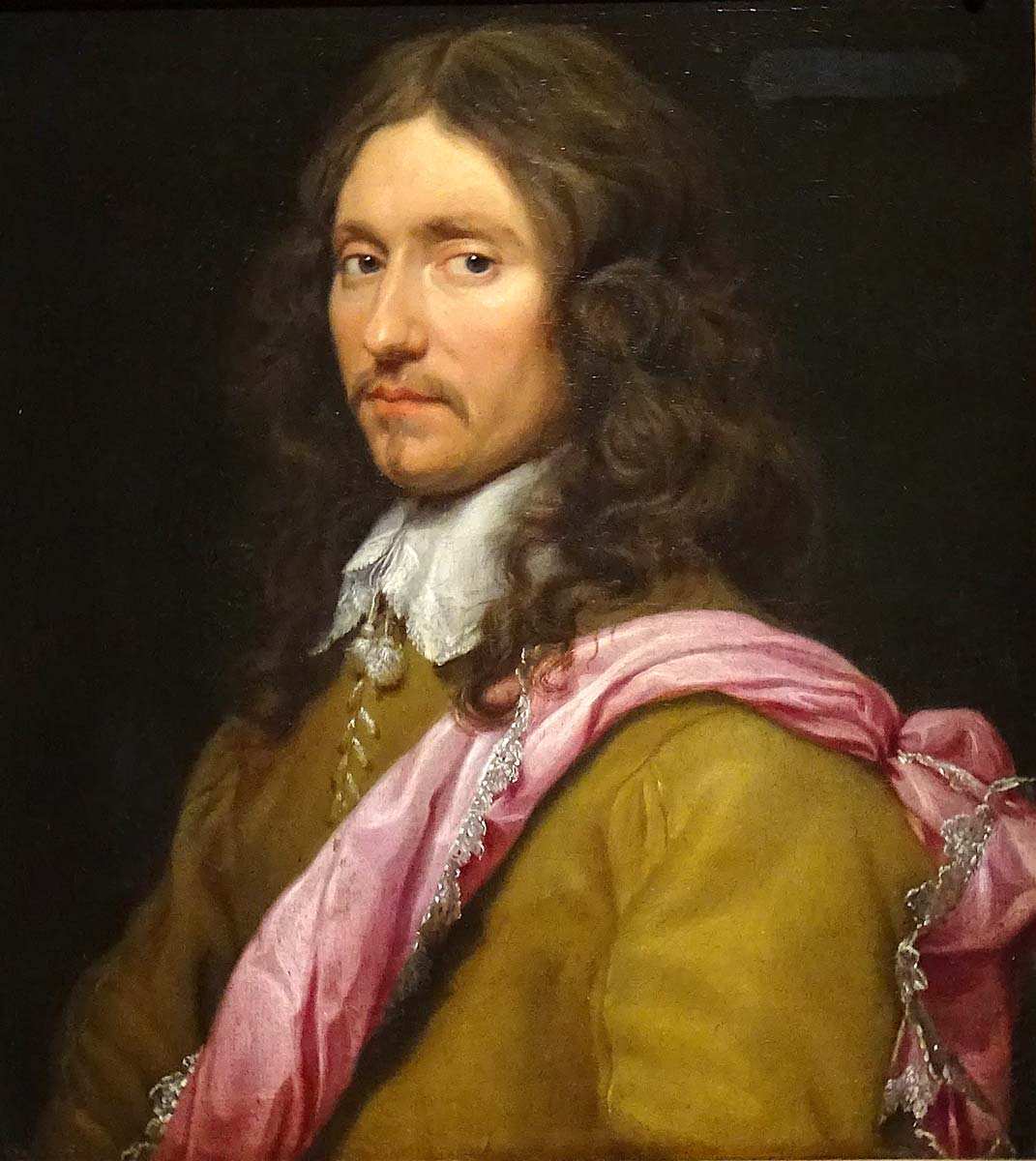

Michaelina Wautier’s father was a merchant, but one of her many brothers, Charles, was an artist. She likely received her artistic training from her brother in her native Belgium and is the author of several stunning portraits of military leaders relatively early in her career. She lived with Charles until her death and never married, thus relieving her of the societal pressures placed on wives and mothers that would have demanded much of her time.
Wautier’s career is unusual in that her attributed works span portraiture and still life, as well as Biblical narratives and sizable paintings depicting mythological scenes. Not much is known about Wautier’s training or personal life, but it is noteworthy that she is only one of two women represented in the extensive art collection of Archduke Leopold Wilhelm of Vienna, which contained over 1,300 treasured Dutch and Italian paintings.
Lavinia Fontana: A Contemporary Woman in Not-So-Contemporary Italy


The story of Lavinia Fontana reads more like a modern-day biography than the life of a typical Renaissance woman. While she was, like many of the other artists discussed, trained by her father, she became the primary source of financial support for her family. Even following her marriage, her career continued to thrive, and her husband helped manage her business affairs and care for their eleven children.
Fontana was sought after by elite society women because of her ability to faithfully recreate details that spoke to the sitters’ wealth. The artist was appointed to the Vatican in Rome, where she worked until her death. Possibly due to the prestige of most of her sitters, Fontana has the largest collection of signed and attributed work of any known woman Renaissance artist.
Marietta Robusti: Underrated Artist & Untimely Death
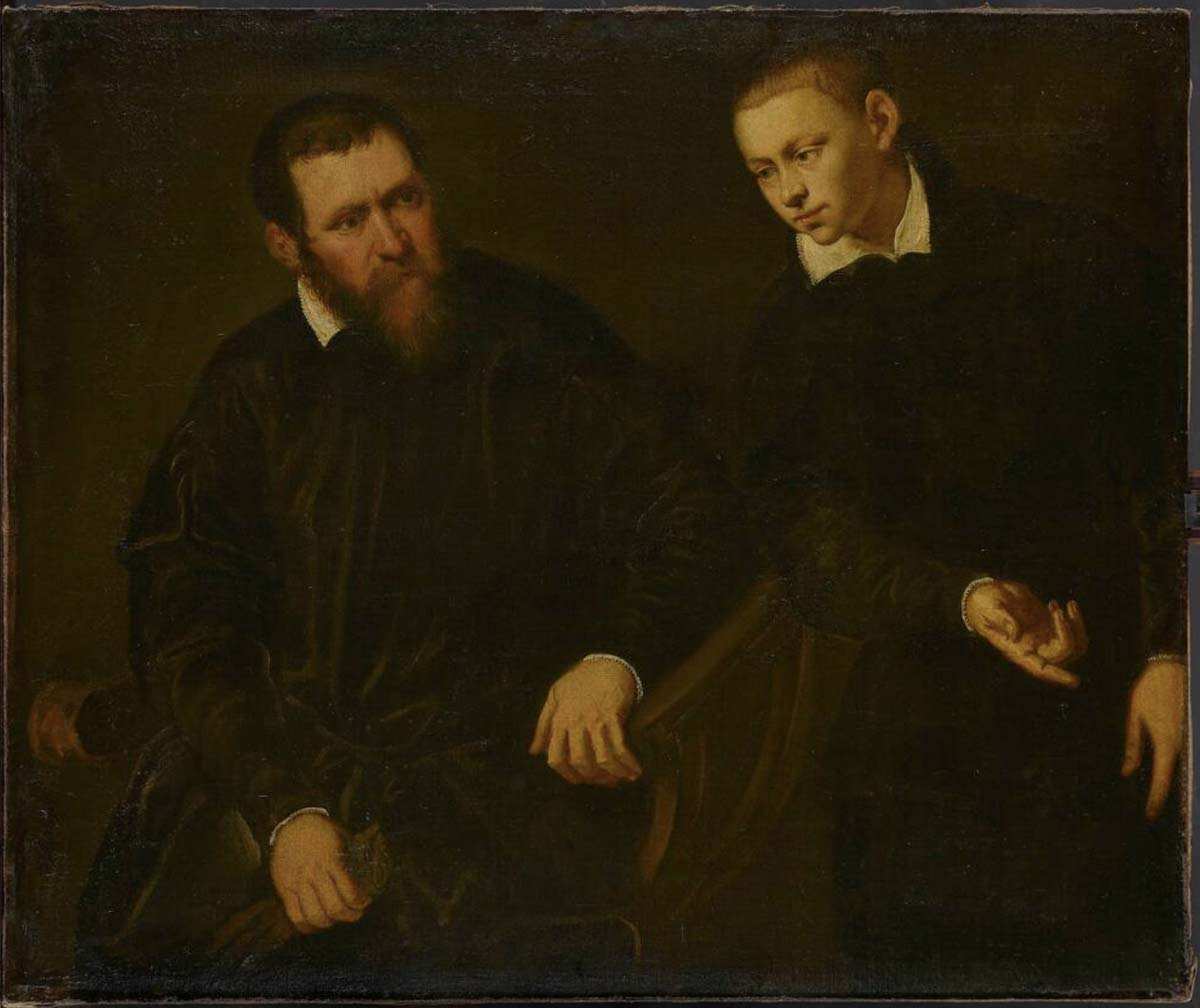

Marietta Robusti, the daughter of famous artist Tintoretto, is another painter who rose to prominence under the tutelage of her father. Robusti participated actively in her father’s workshop and allegedly worked closely on many collaborations with him, though she was primarily known during her lifetime as a portraitist.
Despite being invited to be a court painter by both Emperor Maximilian II and King Philip II of Spain, her father arranged a marriage for her in Venice. Sadly, Robusti died in childbirth at age 30, after which point a sharp decline in the quality of Tintoretto’s work is noticeable. While her father’s desire to keep Marietta in Venice and the decline in his work after her death might be attributable to his deep love for her, it could also speak to the pivotal role she actually occupied in his artistic output.
Lingering Questions
Several of the artists described above have been returned to the spotlight relatively recently. Some have impressive oeuvres of work which had simply been lost to time. While their signed and dated paintings were still in existence, their popularity waned after their deaths, and their careers were forgotten. The work of other women artists of the Renaissance was misattributed to men over the years, sometimes in spite of a clear signature. Dedicated scholars have devoted their careers to unearthing some of these incredible women, but in many ways, this work has just begun.
As art historians continue to investigate the historic careers of women artists, particularly those who lived prior to the eighteenth century, there is no way to estimate what might be uncovered from both their efforts and advances in scientific technology. It seems likely that “new” esteemed women artists of the Renaissance will continue to be added to a growing list as their stories are uncovered.
This post was originally published on this site be sure to check out more of their content



